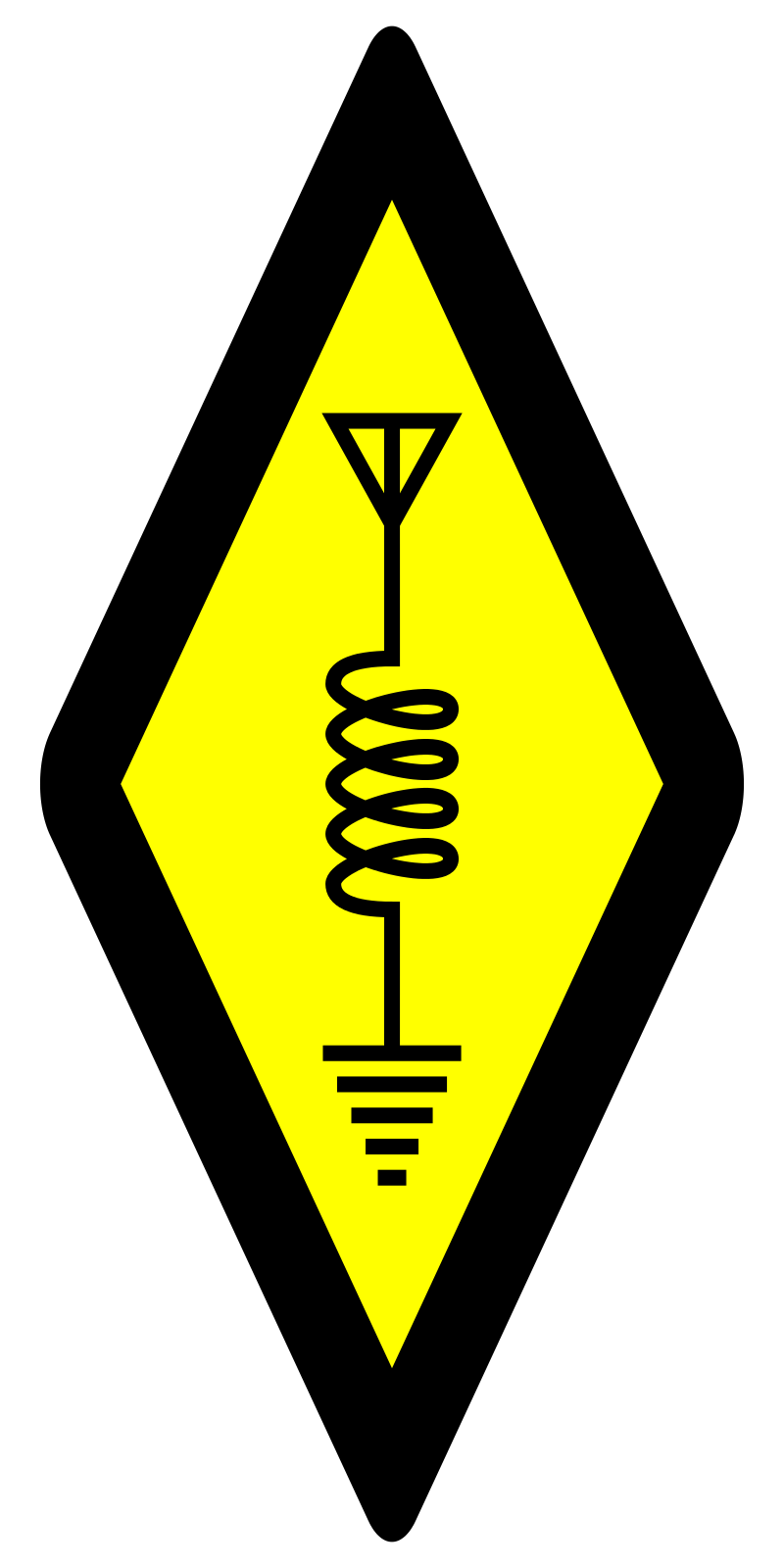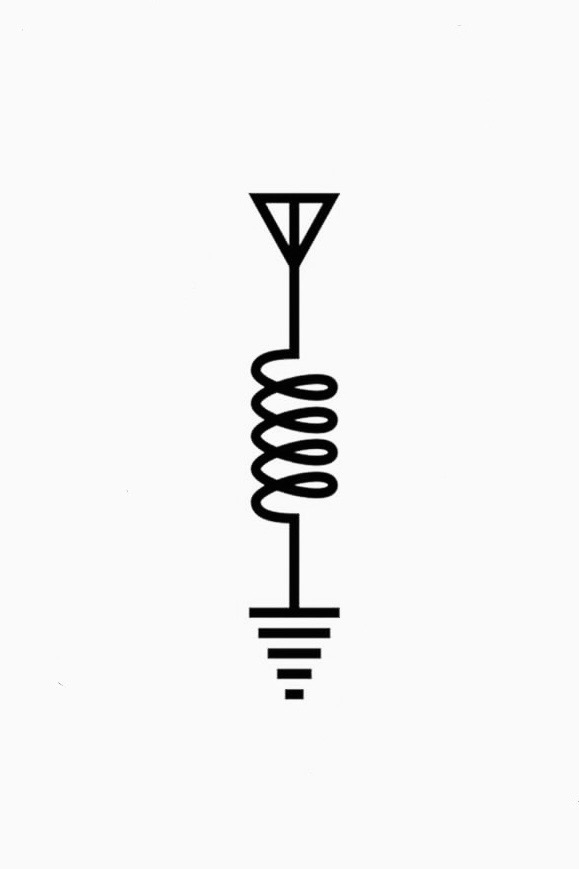As I sit here, away from my shack, I’m overlooking a picturesque valley that I’m visiting for a couple of days to see the stars. I learnt recently that my SO, Significant Other, had never seen the Milky Way with their Mark One Eyeball and we thought that it would be fun to remedy that.
One of the challenges in accomplishing this is that we’re surrounded by light almost everywhere we go. Street lights, porch lights, car lights, stadium and building lights, traffic lights, even emergency lighting on various towers dotting the landscape.
Last night we laid on our backs on a picnic blanket tucked into a sleeping bag, looking up at the sky. The valley where we are is pretty good, there’s much less light pollution than in the city, but it’s not pitch black. We fantasised about knocking on neighbours’ doors to ask them to turn off their porch lights, but quickly came to the realisation that this was not going to be either acceptable, or reasonable.
While I entertained the notion of creating a community Milky Way watching event, increasing local awareness of the new moon, light pollution and making it a local monthly event I discovered that Astro Tourism is a thing and our location happens to be part of the local scene.
Of course I couldn’t help myself and started explaining to my SO about how light and radio are the same thing when it struck me that in our hobby we have a similar issue.
We don’t refer to it as light pollution, instead we call it noise, specifically, QRM, or man-made noise, as opposed to QRN, natural noise.
I wondered what a community event might look like if we did this with radio amateurs, rather than star gazers. How far would we need to go to get away from noise and could we realistically make something that was actually noise free?
In reality the radio gear we bring, the power supplies, the solar panels, generators, inverters, computers and pretty much all the other stuff to make life come with radio noise to more or lesser degree.
How could you set up an event where that type of noise was contained? Could it be done? What would it take?
On a small scale, I can go to my local park with a fully charged 12 volt battery and a radio and get some sense of what it might look like, but all that really does is whet your appetite. What does this sound like if it’s really quiet?
For star gazers, there is a project called DarkSky with a .org website. It documents where designated Dark Sky Places are and promotes the protection of communities from the effects of light pollution through outreach, advocacy and conservation.
We as radio amateurs could do with such a thing. What would our radio quiet spaces look like? How would we find them, how would we coordinate our efforts and what would outreach, advocacy and conservation look like for a radio quiet space?
From a star gazing perspective, I’ve experienced the middle of nowhere, Lake King in Western Australia, in a paddock, lying in my swag, looking up. The sight is overwhelming. I felt like I was falling, even though I was lying flat on my back, physically not moving.
I wonder what such a level of quiet looks like with a radio?
I’m Onno VK6FLAB
I reckon Point Nemo (48°52.6′S123°23.6′W) might be fairly quiet.
Now to get a research grant and head out there with my rig…
Excellent! Added to my Amateur Radio operating locations list.
Edit: Hmm. Need some extensive swimming skills, otherwise the ship will be extremely noisy.
I suppose we could sail there…
Sail there, heave-to and shut off all other electronics. The closest people to you will likely be those on the ISS 409km overhead!
I personally would love to pass through there and try to make some QSOs.


